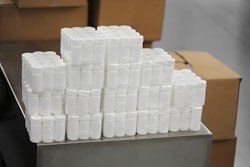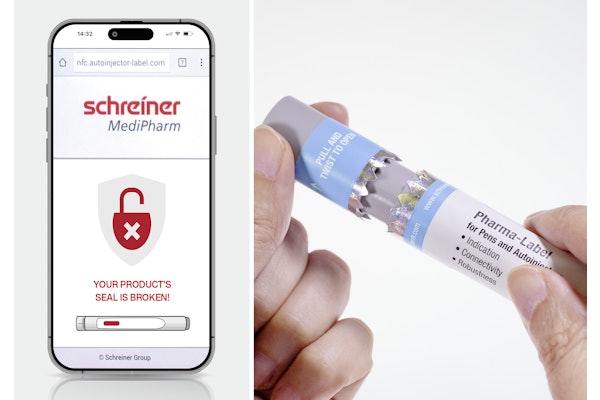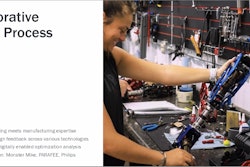Nearly 94 percent (about $407 billion) of total pharmaceuticals sales in the U.S. were channeled through HDA-member pharmaceutical distributors in 2015, according to a new report by the HDA Research Foundation (formerly The Center for Supply Chain Research). The Foundation, the 501(c)(3) of the Healthcare Distribution Alliance, released the new findings in its 87th Edition HDA Factbook: The Facts, Figures and Trends in Healthcare (2016-2017).
This updated statistic continues a trend of increased sales for distributors over the past five years, and a 16 percent increase since the previous edition of the Factbook. This growth can likely be attributed to the continued growth of specialty pharmaceuticals, including hepatitis C treatments, and distributors capturing a greater share of chain drug store sales.
Primary data for the Factbook is collected from HDA-member distributor companies (at the corporate level with annual sales greater than $1 billion) in addition to secondary data from other healthcare organizations, including QuintilesIMS. The report includes sections on the international distribution market, distributor demographics and characteristics, finance, information systems, operations, customers, healthcare products and market characteristics.
This year’s edition is sponsored by Apotex Corp.; Boehringer Ingelheim Pharmaceuticals, Inc.; Inmar, Inc.; Pharmacy First Third Party Station; RDC-Rochester Drug Cooperative; Smith Drug Company, a Division of J M Smith Corporation; and, Teva Pharmaceuticals USA.
Prescription pharmaceuticals represent the majority—approximately 98 percent—of pharmaceutical distributors’ sales volume. Sales of both branded and generic pharmaceuticals increased slightly and make up 67 and 15.1 percent of distributor sales, respectively. The Foundation also reports:
• Chain drug stores remain the largest customer base for pharmaceutical distributors, representing 42.5 percent ($152 billion) of all sales.
• Distributors reported purchasing from an average of more than 1,200 manufacturers or suppliers, with the same group reporting an average inventory of approximately 52,000 SKUs.
• Total annual costs associated with the returns process have increased since 2014, and now average $3.3 million per company.
• A typical distribution center picked an average 100,699 units each day to fulfill 5,800 orders.
• Automated picking methods are used by 67 percent of distributors to fulfill their orders.
“The Factbook provides pharmaceutical distribution executives, and others who analyze the industry, a snapshot of the intricate and efficient processes involved in moving prescription medicine and healthcare products through the supply chain,” says Perry Fri, Executive Vice President of Industry Relations, Membership and Education, HDA; and COO of the HDA Research Foundation. “For the first time, we are pleased to provide the Factbook at no cost to supply chain stakeholders to ensure greater access to its valuable data and insights.”
The 87th Edition HDA Factbook: The Facts, Figures and Trends in Healthcare (2016-2017) is available for a complimentary download through the HDA Research Foundation website.





















